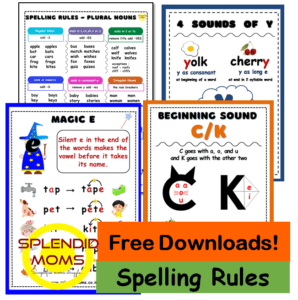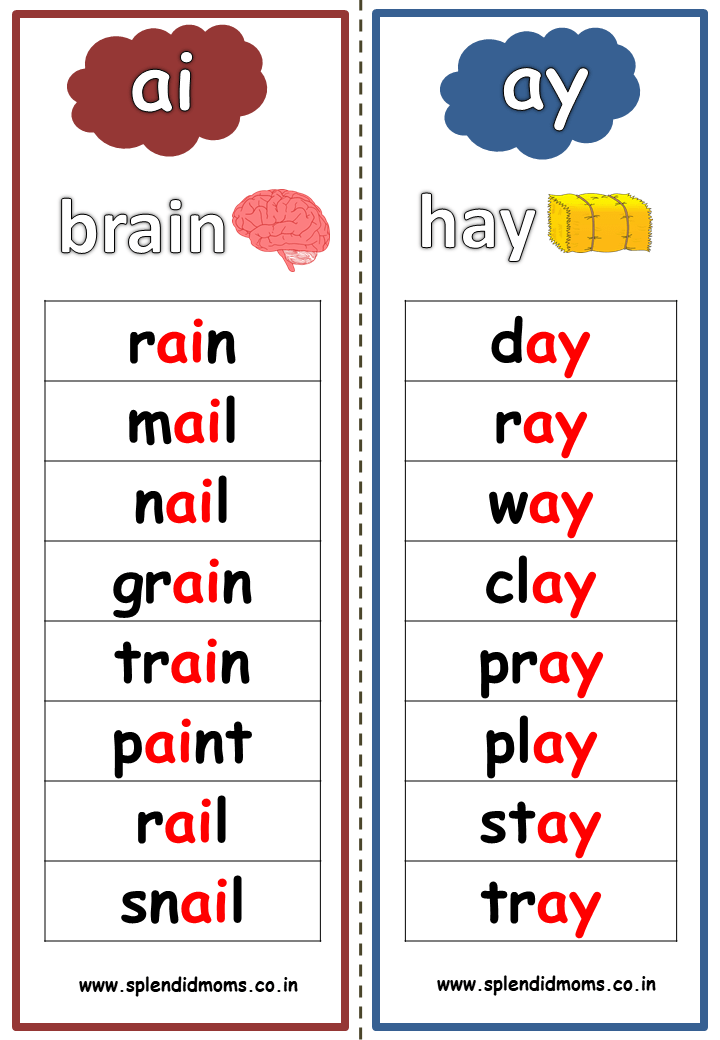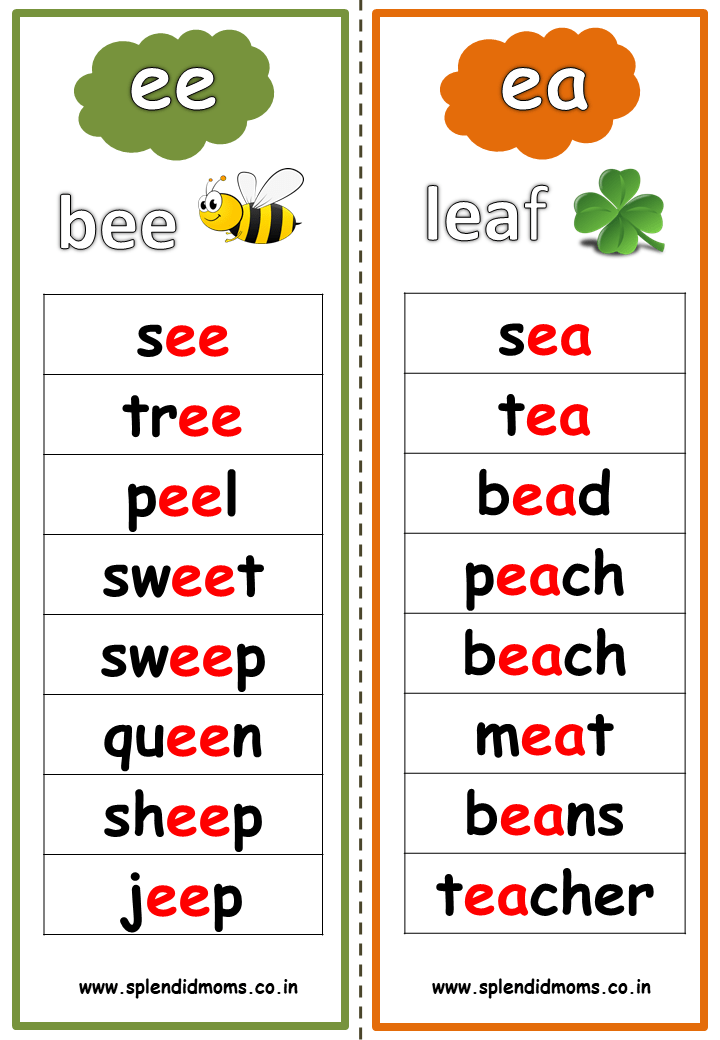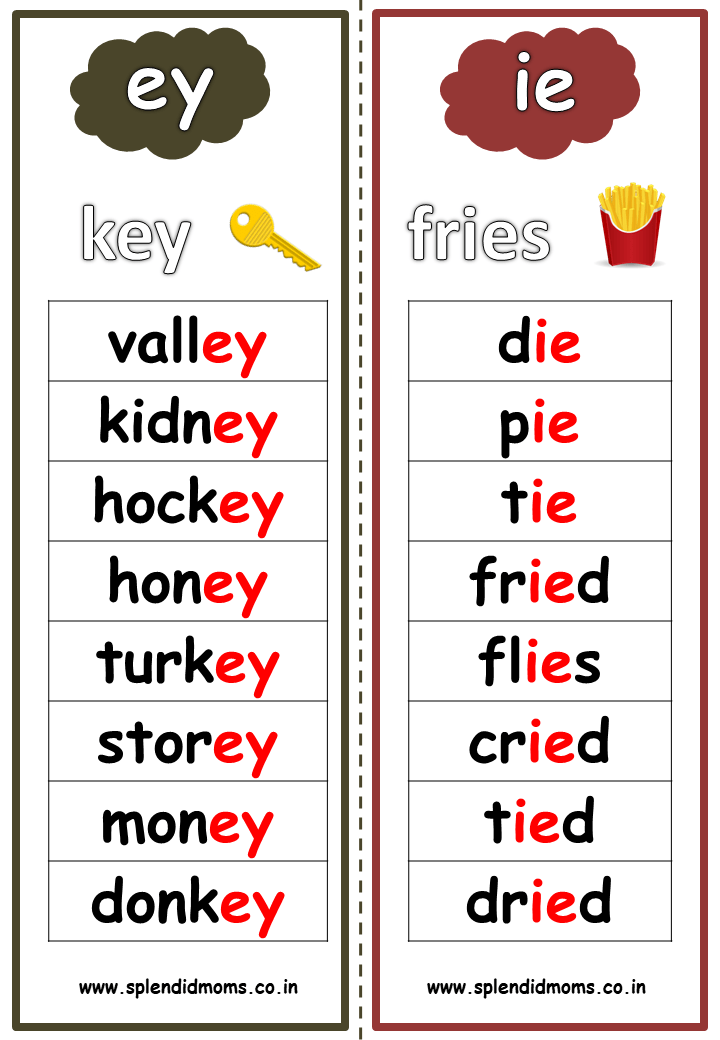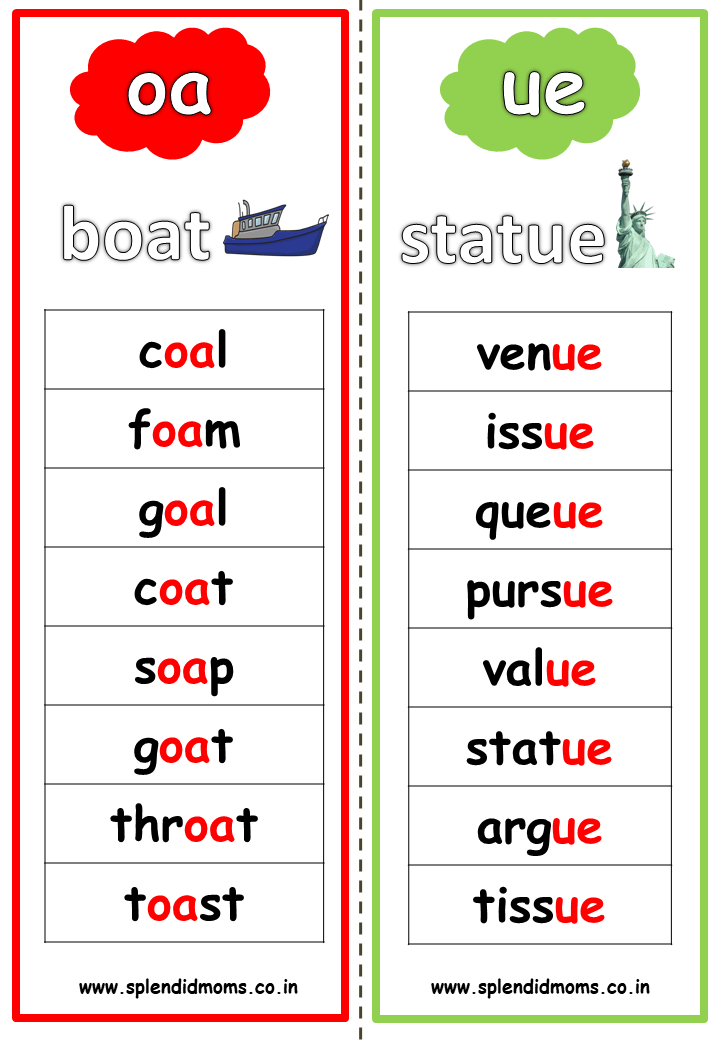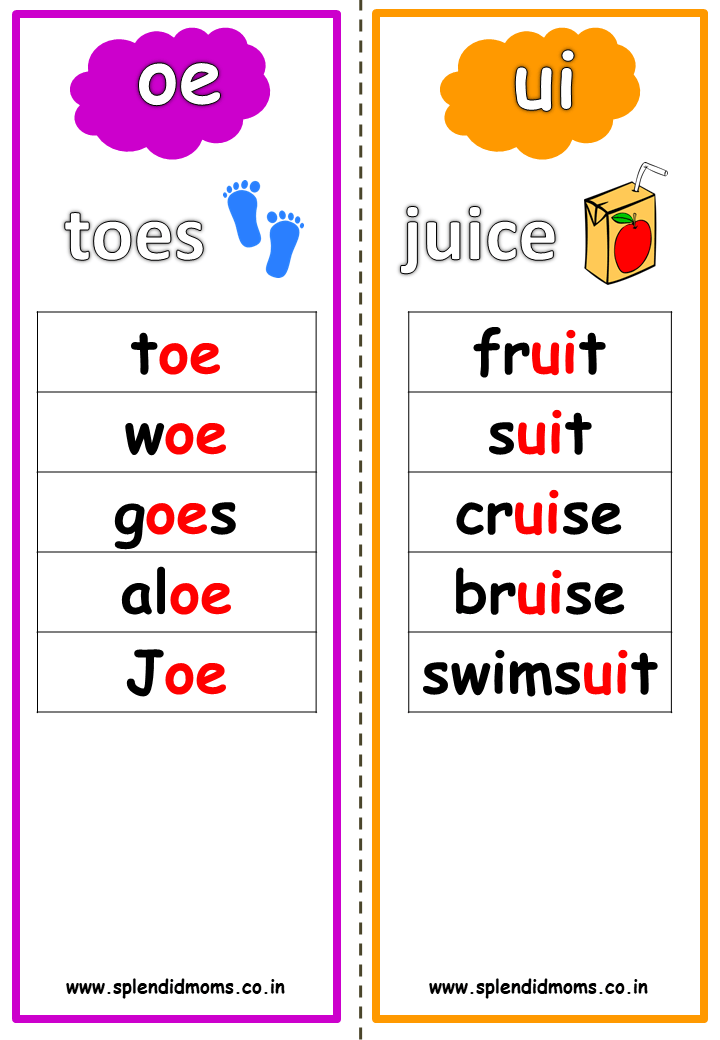Vowel Team
Disclaimer: This post contains affiliate links. If you make a purchase through these links, I may earn a small commission at no extra cost to you. As an Amazon Associate, I earn from qualifying purchases.
When Two Vowel Go Walking
Have you heard of this jingle?
Lyrics
“When two vowels go walking
The first one does the talking
AI
AY
When two vowels go walking
The first one does the talking
OA
EA
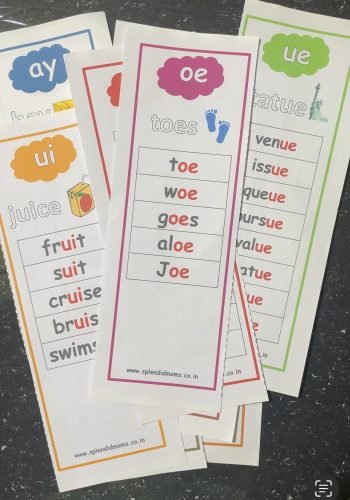
When two vowels go walking, the first one does the talking” is a rule used to teach that when there are two vowels in a word the first one has the “long” sound of the vowel (or alphabet name), and the second one is not pronounced or silent.
For example, in train we have two vowels a and i.
The “a” has the “long a” sound and “i” is silent. The same happens for each, die, goat, and rescue.
This rule give students additional practice in decoding words that comply with the rule – when two vowels go walking, the first one does the talking.
Here are few more examples that follow this rule:
ai: rain, mail, nail, grain, train, paint, rail, snail.
ay: day, ray, way, clay, pray, play, stay, tray.
ee: see, tree, peel, sweet, sweep, queen, sheep, jeep.
ea: sea, tea, bead, peach, beach, meat, beans, teacher.
ey: valley, kidney, hockey, honey, turkey, storey, money, donkey.
ie: die, pie, tie, fried, flies, cried, tied, dried.
oa: coal, foam, goal, coat, soap, goat, throat, toast.
ue: venue, issue, queue, pursue, value, statue, argue, tissue.
oe: toe, woe, goes, aloe, Joe.
ui: fruit, suit, cruise, bruise, swimsuit.
When you observe that students have difficulty decoding words with these vowel teams, pull out these charts for further practice and reinforcement. – The vowel team letters are printed in red to further reinforce the rule.
You can print out this word chart to display in your classroom/home and help your students/kids read them. Just click on the poster and save the pdf to your device.
Objectives of teaching this rule:
Students will able to recognize and pronounce pairs of vowels that follow the c-v-v-c rule where the first vowel is a long vowel and the second vowel is a silent vowel.
Students will be able to read and spell simple long vowel words with c-v-v-c spelling patterns.
- want to learn few more spelling rules ?
- To sounds of C
- Two sounds of G
- Plural spelling rules
- Silent E
Note :
There are many cases in which two vowels come together sych as ai, au, ea, ee, ei, ie, oa, eo, oi, oo, ou, and ui. And when a pair of vowels appears in a word, it is often the first vowel that “does that talking,” as represented in words like green, sea, hair, coat, clean, rain, and peach.
However—and this is the important part—these same vowel teams also exist in many words that don’t follow the “when two vowels go walking” rule, including good, about, earth, bear, noise, author, and friend.
want to learn about long vowel spelling patterns ? Here is my go to long vowel spelling pattern poster and wordlist. These long vowel worlsheets are really help in teaching all the vowel teams that spell different long vowel sounds.
So I dont say this rule is always true. But to start teaching vowel team sounds this rule is great and makes it easy to read words.
For more information on list of phonics topics and how it’s used to teach children to read look through our phonics workheets, or find decodable sentences bundle, sight words and spelling rules for your child to help them practise early reading at home.
To make things even easier for parents, there are also some excellent spelling books available that turn practice into play. Below, I’ve rounded up some of the best resources that can support your child’s spelling journey at home.
Spelling Workbook for Kids Ages 5–7: Learn and Practice Over 350 Essential Words
This workbook covers 36 units with 10 new words in each, adding up to over 350 essential spelling and sight words. Activities like tracing, fill-in-the-blanks, rhyming, and word hunts reinforce learning while keeping kids engaged. With a large, kid-friendly format and cute designs for coloring, this workbook is ideal for children in kindergarten through second grade.
FREE PRINTABLE FOR FLOSS RULE DOWNLOAD AREA
The wordlist are available for personal and single classroom use. You are not licensed to redistribute the files to other parents/teachers for use with their children/students. Instead, please refer them to this page so they can download their own copy.
If you agree to this license, you may click below:
Phonics Books from Dreamland publications 5-Book Pack – Complete Phonics Journey for Ages 3–10
If you are looking for a complete and engaging resource to support your child’s reading journey, I highly recommend the Phonics Reader 5 Books Pack for Children Age 3–10 Years. While the Just Phonics Set focuses mainly on early years (ages 3–5) with a step-by-step spiral approach to letter sounds and CVC blending, the Phonics Reader Pack goes a step further by covering a much wider age range (3–10 years) and introducing more advanced concepts such as short and long vowel sounds, word families, blends, combination sounds, and tricky words. Each book contains 56 colorful activity pages, with cute designs and answers included, making it parent-friendly as well. This pack not only builds on the basics but also extends learning into rhyming, spelling patterns, and word recognition, ensuring children continue to strengthen their reading and writing skills as they grow. It’s a resourceful choice for parents who want both early practice and long-term support in their child’s literacy journey.
- Dreamland Publications

